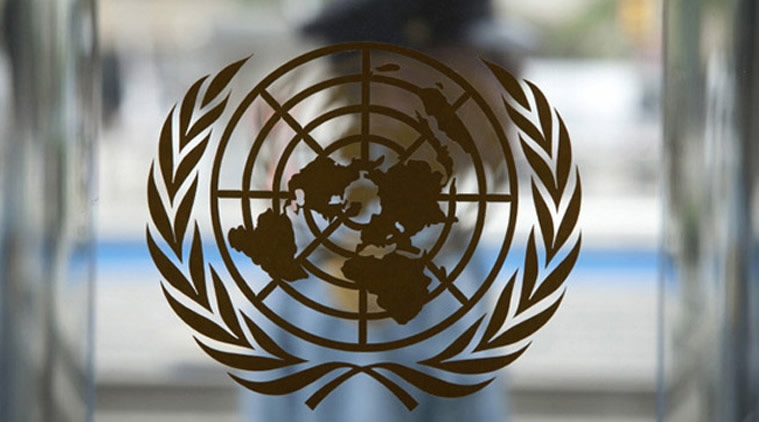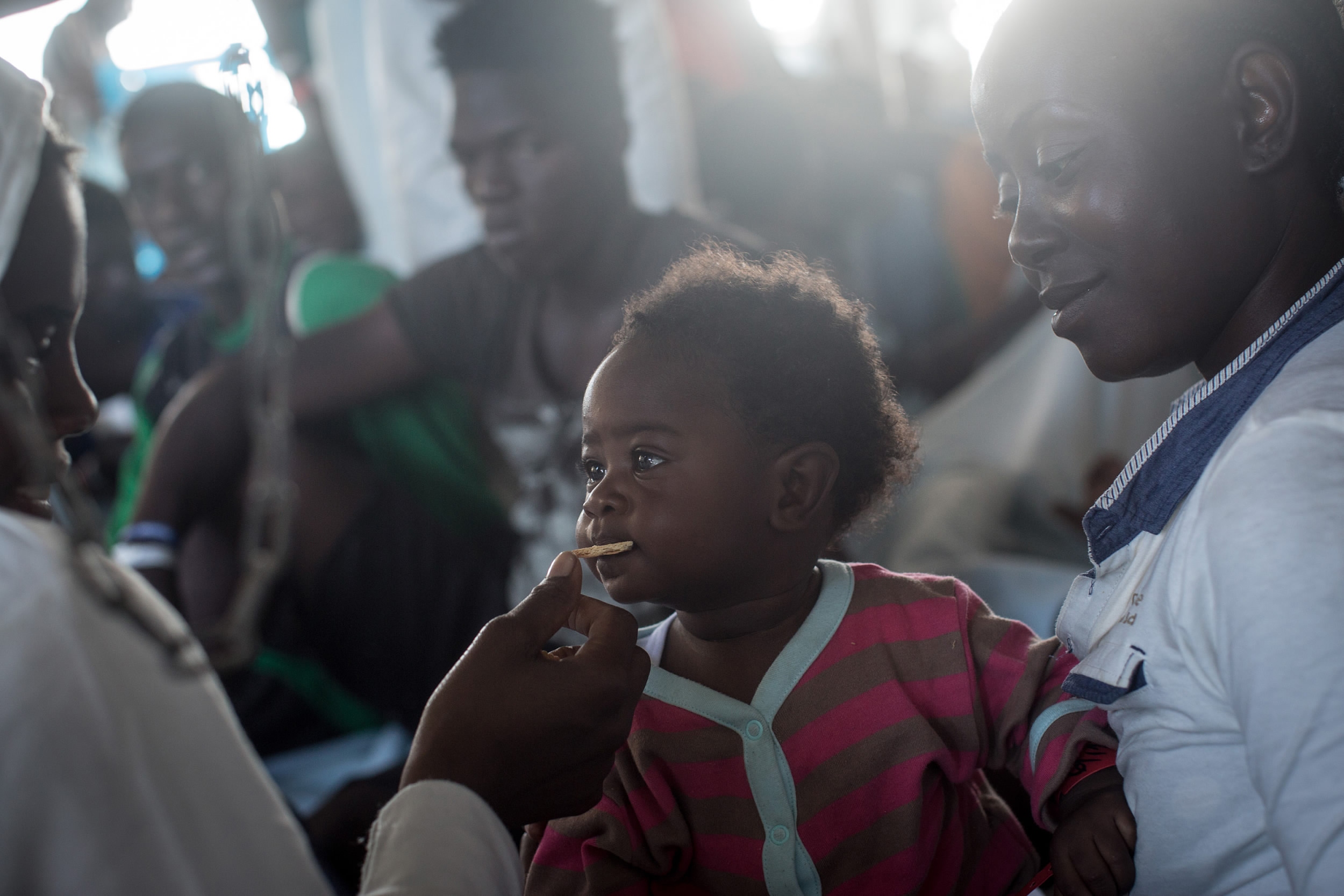
China
12:14, 05-Jul-2017
Over half of migrants uprooted from West and Central Africa are children: UN

More than 7 million children in West and Central Africa are on the move because of violence, poverty and climate change, accounting for over half of all migrants in the region, the United Nations children’s agency said on Wednesday. Yet most children seek refuge in other African nations, and only one in five attempt the perilous journey to Europe, UNICEF said in a report.
Half a million people have crossed the Mediterranean from Libya to Italy over the past four years, mainly sub-Saharan Africans who pay smugglers to shepherd them across the desert to Libya, and onward to Europe in unseaworthy dinghies. At least 20,000 migrants are being detained in Libya, the main gateway for those attempting to reach Europe by sea, according to the International Organization for Migration.
“I went to try to provide for my mother,” said Malik, a 16-year-old Gambian who traveled to Libya in attempt to reach Italy. Malik said he was 15 when he made the journey, but was kidnapped and held for ransom by traffickers in Libya for months.
“I was beaten with sticks, with lead pipes and with a motorcycle chain. Every day they beat me and demanded money,” he was cited as saying in the report. “I tell boys about what I have seen. If I can stop one person from going then I will be doing something good,” Malik said, who was released with the help of a fellow migrant.
Lack of economic opportunities, wars and climate change have forced over 12 million people in West and Central Africa to migrate, UNICEF said in its report. Climate change is already a harsh reality in many parts of Africa, where rising temperatures and increasingly erratic rainfall have disrupted food production, fueled widespread hunger, and forced farmers to abandon their land.
“Unless the long-term planning of governments and civil society is equipped to anticipate these climate shocks and subsequent migration, the unmitigated impact of these forces will create detrimental outcomes for children across the region,” the report said.
One in five people in Central African Republic – about a million people – have been displaced since conflict began in 2013 between mainly Muslim Seleka rebels and Christian militias, the Norwegian Refugee Council (NRC) says.

A woman feeds her child on board the Migrant Offshore Aid Station (MOAS) Phoenix vessel enroute to Italy. / CFP Picture
A woman feeds her child on board the Migrant Offshore Aid Station (MOAS) Phoenix vessel enroute to Italy. / CFP Picture
In 2016 alone, more than 922,000 people were driven from their homes by conflict within the Democratic Republic of Congo, compared with 824,000 in Syria, according the Internal Displacement Monitoring Centre, which is part of NRC. “Children in West and Central Africa are moving in greater numbers than ever before, many in search of safety or a better life,” said UNICEF regional director Marie-Pierre Poirier.
“Yet the majority of these children are moving within Africa, not to Europe or elsewhere. We must broaden the discussion on migration to encompass the vulnerabilities of all children on the move and expand systems to protect them, in all their intended destinations,” she said.
Globally, 65.6 million people are uprooted and nearly half of them are children, the U.N’s refugee agency UNHCR says.
(Source: Reuters)

SITEMAP
Copyright © 2018 CGTN. Beijing ICP prepared NO.16065310-3
Copyright © 2018 CGTN. Beijing ICP prepared NO.16065310-3